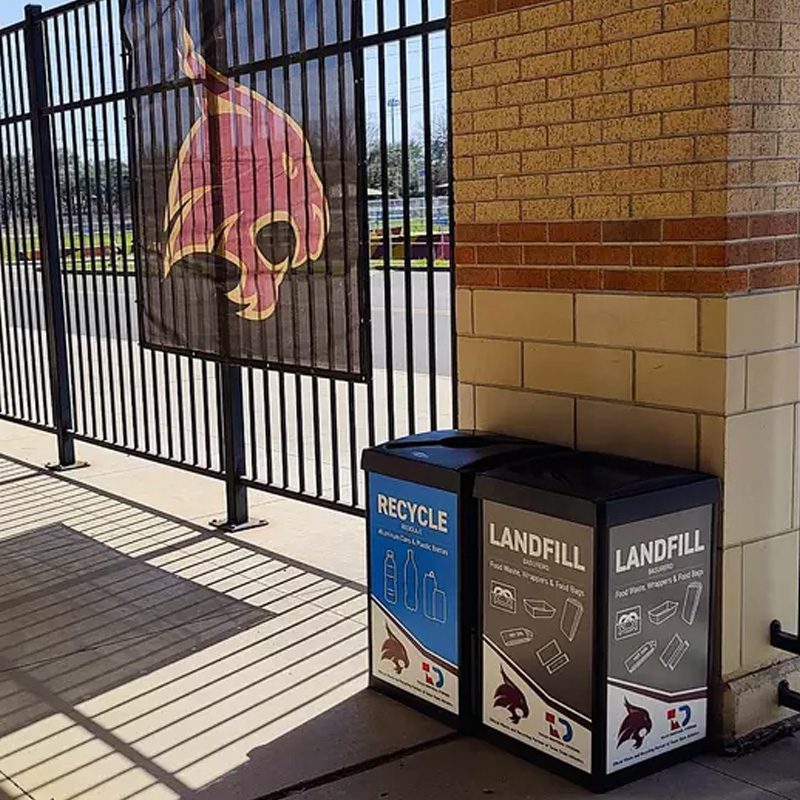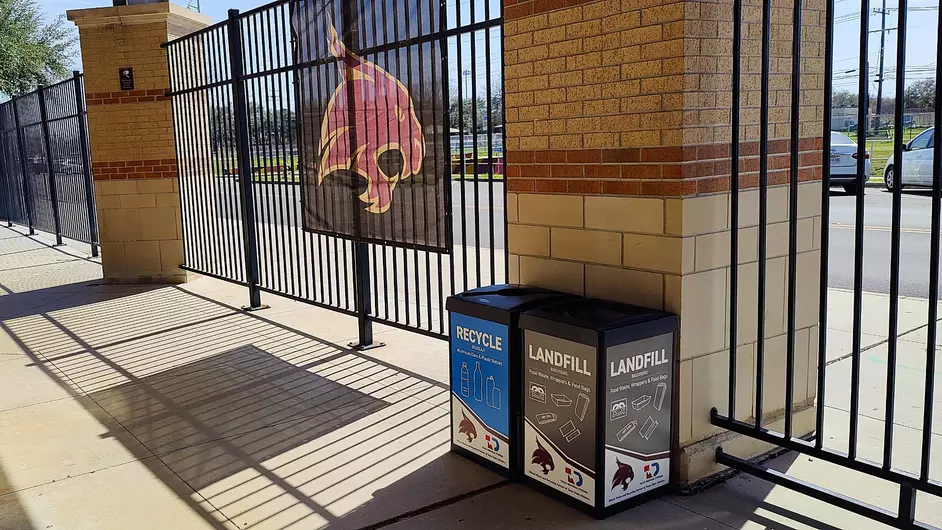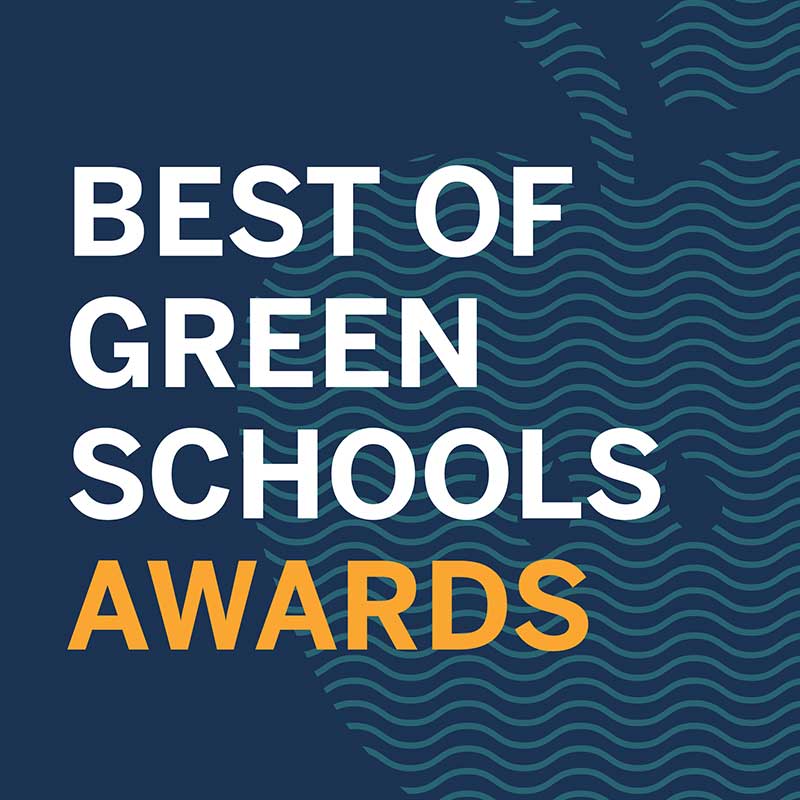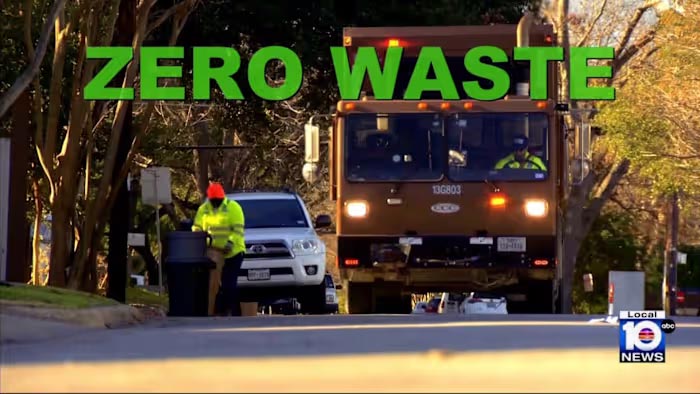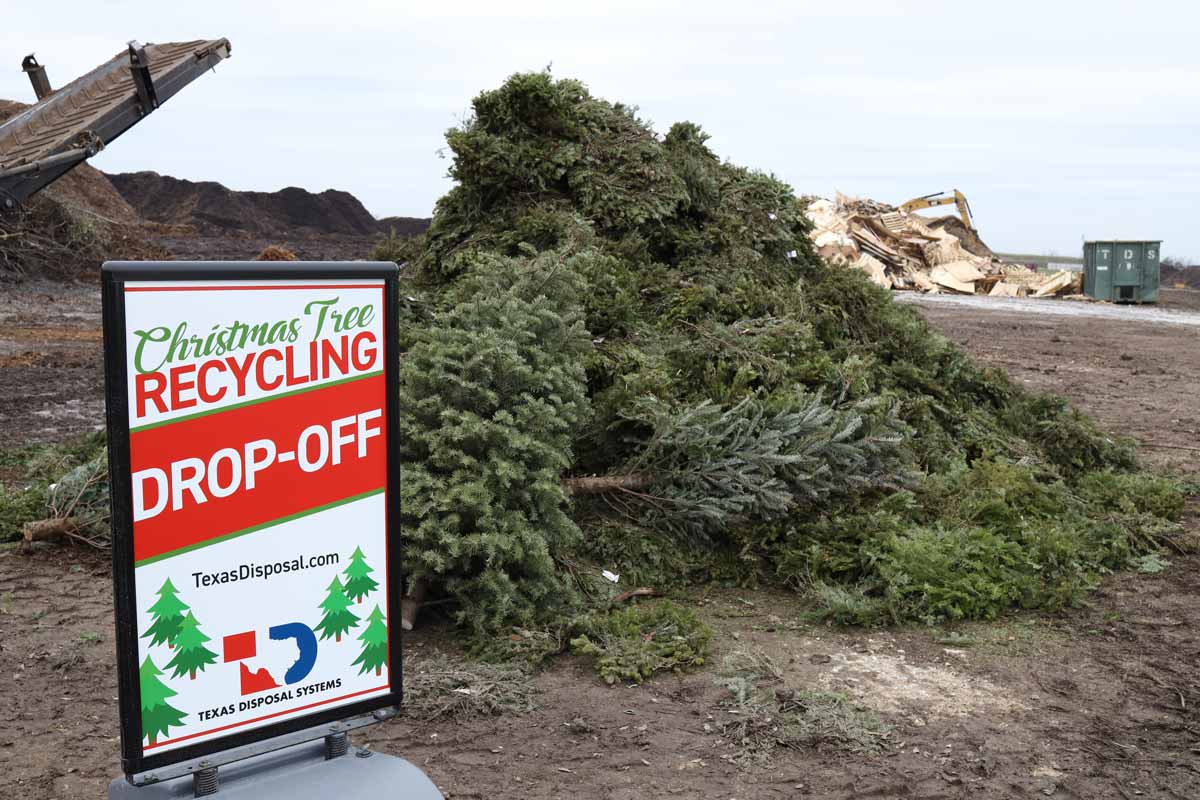Original story published by WPLG Local 10 on February 19, 2025.
Louis Aguirre, Anchor / Reporter / Environmental Advocate
Click here to read the full story.
AUSTIN, Texas – Deep in the heart of Texas, exotic animals — many of them endangered — roam across a grassy plain. But this isn’t a safari park — it’s a landfill.
Texas Disposal Systems operates one of the most environmentally progressive landfills in the country. Unlike traditional landfills that simply bury waste, TDS focuses on recycling, upcycling, and sustainability.
“TDS is considered is considered the number one landfill on the continent, because we’re not just a landfill,” said TDS Vice President Adam Gregory. “The typical landfill model involves putting it in the hole, covering it up, and spending as little money as possible.”
“We do everything we can within the bounds of economics and environmental sensitivity to divert all the waste we can to a higher and better use,” he added.
A model for landfills of the future, praised by environmental groups like the Sierra Club, TDS recycles and upcycles whatever materials it can, even turning discarded glass back into sand in a matter of minutes right there on campus.
“This was once a wine bottle, a mayonnaise jar, a bottle of beer,” said Ryan Hobbs, TDS director of recycling and organics.
Golden grains that can infinitely be used and reused to make new glass.
TDS facilities incorporate solid waste disposal, materials processing, compost production, and recycling operations, processing approximately between 3,000 and 4,000 tons of solid waste per day – diverting some 344,500 tons of waste per year from landfill disposal.
“We have no interest in filling this landfill up,” Gregory said. “If we could get it to last forever, that would be better.”
And that’s more important as landfills across the U.S. are in crisis mode, filling up fast because Americans producing more trash per capita than any other country.
“We are really running out of space, especially in the Austin area,” said Richard McHale, director of Austin Resource Recovery. “We’re at a crisis level. We really need to get this problem solved.”
But here’s the thing — Austin has been at it for 14 years, setting ambitious zero-waste goals back in 2011 to meet the moment.
A master plan to divert recyclables and compost organic waste — like food scraps and yard clippings — to keep as much as possible out of the landfill by the year 2040.
“The city set that as a policy and that’s what we’ve been working on — to try to get to that 90%,” said McHale.
Public education is critical, with far-reaching campaigns to engage residents in being part of the solution.
According to Austin Resource Recovery, the city already recycles 36% more than the national average.
Residents have also reduced the amount of contaminants — materials that can’t be recycled, like plastic bags — that end up getting tossed into the recycling stream.
And a big reason why the city of Austin has been so successful at reducing the contamination in their recyclables is because their bins are clearly marked with labels showing the customer what is recyclable and what is not.
“Labels at the bin are, frankly, quite critical. You need very clear messaging. You need excellent images,” said Alexandra Gyarfas, director of marketing of Balcones Recycling.
The city also incentivizes residents to reduce the trash they throw out by pricing their waste collection fees based on what size solid waste bin they require. The bins come in three sizes.
“So If I’m someone and I want to pay a little less, then I need to fit it in that small can, which means I need to recycle more. I need to put more in the compost. Something as simple as that really has gone a long way,” said Austin City Council Member Ryan Alter.
But its city-wide composting that has really been the game-changer.
“It started with just single-family homes, but just recently, in the past year, we have rolled that out to multi-family apartments, so now everybody can compost. And that’s a big move forward,” Alter added.
Diverting organic waste from the landfill is the lynchpin because it greatly reduces the amount of heat-trapping methane and CO2 typically emitted by legacy landfills. There’s also no smell.
“We install landfill gas collection, and we pull that gas out of the landfill before it can be emitted into the environment,” Gregory said. “Then we either destroy it or refine it into a usable renewable natural gas.”
TDS has also planted more than 60,000 trees on their 2,300-acre campus — carbon sinks to trap even more greenhouse gases. Kind to the planet and to all those who live nearby.
“Our animals are our own closest and most sensitive neighbors, so anybody beyond them should have no problem,” Gregory said. “So we call it putting our money where our mouth is and maintaining a low impact on the environment.”
Despite progress, Austin officials say they’ve hit a plateau, diverting just 40% of waste from landfills. The city is now consulting with zero-waste strategists to determine the next steps.
Meanwhile, Miami-Dade County is also developing a zero-waste master plan and is looking into offering composting services for residents.
Click here to read full story.
